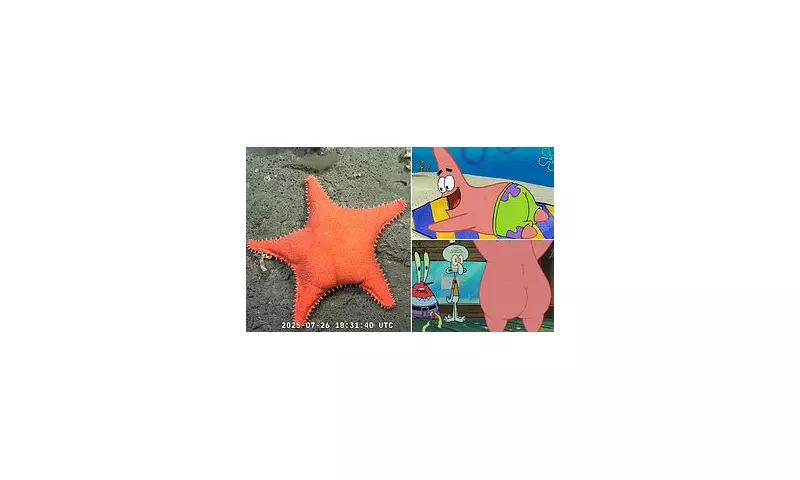
In a discovery that has delighted fans of the beloved cartoon SpongeBob SquarePants, scientists have unearthed a 100-million-year-old fossil of a sea creature that looks uncannily like Patrick Star, SpongeBob's dim-witted but lovable best friend.
A Star Is Born—100 Million Years Ago
The fossil, found in marine deposits, belongs to an extinct species of brittle star—a relative of modern starfish—that had an unusually large, rounded body. Researchers have named it Ophiojura exbodi, but its plump, bottom-heavy shape has drawn immediate comparisons to Patrick Star from the hit Nickelodeon show.
What Makes This Fossil Special?
Unlike modern brittle stars, which have slender arms and small central discs, this ancient creature had a thick, disc-like body with stubby arms—giving it a distinctly Patrick-esque silhouette. Palaeontologists believe its unique anatomy may have helped it survive in prehistoric oceans.
- Age: Approximately 100 million years old
- Location: Marine sediment deposits
- Key Feature: Large, rounded central disc resembling Patrick Star's body
Why Does It Matter?
This discovery provides new insights into the diversity of ancient marine life and how starfish and their relatives evolved. The fossil bridges a gap in our understanding of how these creatures adapted over millions of years.
Dr. Ben Thuy, a palaeontologist involved in the study, said: "This fossil is a fantastic example of evolutionary experimentation. It shows that even familiar creatures like starfish had wildly different forms in the distant past."
SpongeBob Fans Rejoice
Unsurprisingly, the internet has embraced the fossil as "Patrick Star’s ancestor," with memes and jokes flooding social media. While the resemblance is purely coincidental, it’s a fun reminder of how pop culture and science can sometimes collide in unexpected ways.
Could this be the real-life inspiration behind Patrick? Probably not—but it’s certainly a fascinating glimpse into Earth’s ancient oceans.





